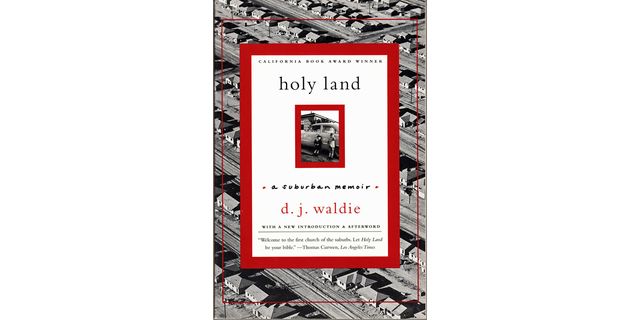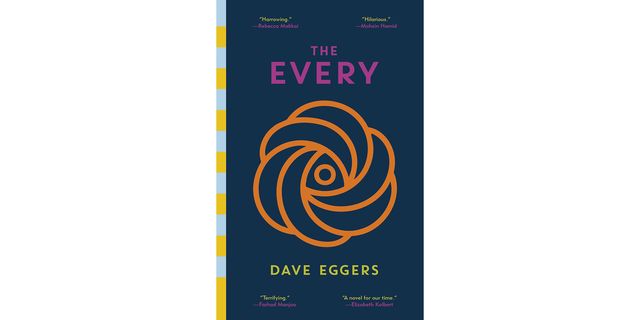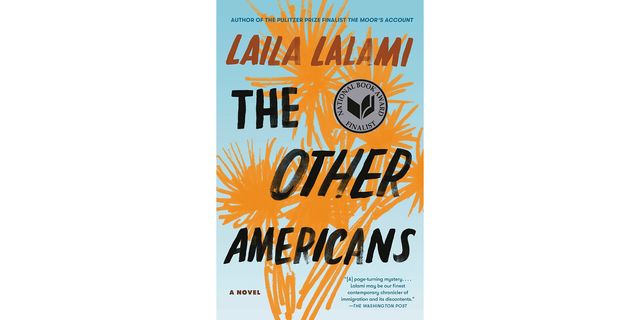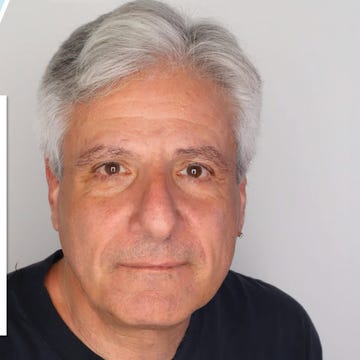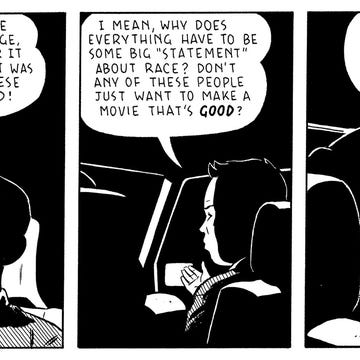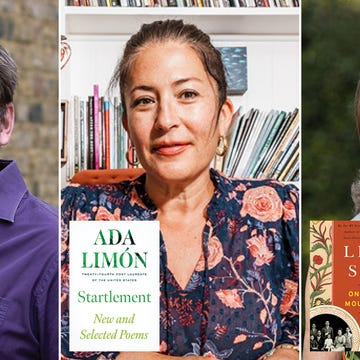In 1990, a joint resolution designated November National Native American Indian Heritage Month in the United States. It was a start, but three decades later, there is still much work to be done to raise awareness of Indigenous history and culture and the role of settler colonialism in shaping social assumptions. We hope, then, that you find as much to admire about this month’s California Book Club selection, Deborah A. Miranda’s Bad Indians: A Tribal Memoir, as we do.
The book is part of an intellectually engaging cross-cultural tradition of American books that experiment with collage and other techniques to join together texts that might seem disparate, fusing them in service of the author’s own mixed identity.
In our post-event surveys, you’ve requested that we announce the next quarter’s books earlier, to give you more time to read them. Here are the winter-quarter picks, each book contending, in unique ways, with the homes and communities that make California.•
Holy Land: A Suburban Memoir, by D. J. Waldie
Thomas Wolfe titled one of his books You Can’t Go Home Again. In it, the protagonist realizes that “you can’t go back home to your family, back home to your childhood…back home to a young man’s dreams of glory and of fame…back home to places in the country, back home to the old forms and systems of things which once seemed everlasting but which are changing all the time.” But what if you didn’t leave and your memories are entwined with your town’s? Our January selection is an unusual memoir of a boyhood in Lakewood or, perhaps more accurately, a remembrance of how real estate development across 3,500 acres of bean fields and other farmland resulted in the Greater Los Angeles bedroom community.
While the otherwise quiet suburb that Waldie writes about would become notorious nationwide in the ’90s for the Spur Posse, a group of high school boys who used a point system to track their sexual attacks on underage girls, here Waldie employs spare, plainspoken prose across 316 tiny chapters to look at his hometown’s origins. In 1995, Joan Didion, who wrote an essay on Lakewood, described the book as “infinitely moving and powerful, just dead-on right, and absolutely original.” The Los Angeles Times called Holy Land one of the “26 absolute best L.A. books of all time.”
The Every, by Dave Eggers
One of the most upsetting things for a person who loves their home, I’ve found, is to have to observe, in real time, as it is disrupted and turned into something different from what they loved about it. At this point, perhaps no region within the Bay Area has escaped the tentacles of “Silicon Valley”—used as a metonym for the entire tech sector, sure, but somehow also assumed to be an essential feature of a living region. Eggers’s vision of Silicon Valley in The Every, the merciless sequel to 2013’s The Circle, hews to existing surveillance-capitalism practices of the living Silicon Valley but also foresees the ridiculous and disturbing consequences of certain ideologies that have suppressed the many other versions of the Bay Area.
In one sense, The Every is a merging of polemic and fiction, but in another, I think, it’s a cry of anguish and anger. You can’t go home again—that’s sometimes because time and the powerful have so transfigured environments that people who deeply belonged to an earlier version of the place are left, unfairly, feeling like foreigners, aliens struggling to find their footing within the decay of the home that they and their communities built.
I’m making the novel sound sad because, while its substance is comical, I think that sadness, not hilarity, motivates the writing of it. But it reads in its entirety as colorful satire, the most exuberant fictionalization of tech attitudes and unrestrained surveillance capitalism I’ve ever read. It revels in hyperbole to warn us about what we lose as a result of Big Tech. Our protagonist, who is against the efforts of a growing rebranded behemoth, tries to infiltrate and then sabotage the company—can she? We glue ourselves to its pages because we hope so.
The Other Americans, by Laila Lalami
“Othering” has been the subject of numerous online think pieces over the past five years. What does it mean, then, to be an other in an America that was built on the backs of “others”? During the Trump era, across the state, across the country, many longtime residents of communities commented that they had found themselves feeling that they were “strangers in their own country.” Often, their belief system, their xenophobic commentary, conveniently ignored that their own hostile attitudes, their barely suppressed anger, and sometimes their literal violence were a tangible attack on humans with an equal right to feel as though they belonged.
Lalami’s perceptive novel, both a family drama and a literary crime novel, is refracted through nine points of view and contends with belonging, a quandary that crops up, repeatedly, around the world. Its themes of difference, prejudice, and alienation build out from a hit-and-run that kills a Moroccan immigrant in the Mojave Desert.
The Other Americans is a novel of testimonies from those who survive the immigrant experience, stories full of wisdom about universal conflicts that have occurred since time immemorial.
Any person can seem like an other—before you tap into the stories of why they feel the way they do and why they’re here.
Join us on November 16 at 5 p.m., when Deborah A. Miranda will appear in conversation with California Book Club host John Freeman and special guest Cutcha Risling Baldy to discuss Bad Indians. Register for the Zoom conversation here.
MISSION UNIT
Read Southern California–raised critic S.M. Sukardi’s essay on doing the mission-building project that Deborah A. Miranda critiques in Bad Indians. —Alta
WHY READ THIS
Alta Journal books editor David L. Ulin advises you on why he recommends Bad Indians. “Miranda employs an array of strategies: writing letters and reproducing images, sharing poems and documents. It’s all a way to create territory for the many voices that have been effaced.” —Alta
LIBERATION FROM STORY’S END
Ulin reviews Amy Kurzweil’s graphic memoir, Artificial: A Love Story, which asks, among other questions, “Can artificial intelligence preserve us from the loss of death?” —Alta
PANHANDLE MEMORIES
S. Kirk Walsh and George Saunders discuss the influence of Texas on his stories. He says, “The weirdness got into me, the juxtaposition of the very old and classically Western with the new and the odd.” —Texas Highways
OSAGE HISTORY
Native audience members had mixed reactions to Martin Scorsese’s adaptation of David Grann’s Killers of the Flower Moon. —Los Angeles Times
“ISLAND IN TIME”
Peter Fish reviews Gerald Felix Warburg’s Saving Point Reyes: How an Epic Conservation Victory Became a Tipping Point for Environmental Policy Action and calls it “thoughtful, deeply researched.” —San Francisco Chronicle
Alta’s California Book Club email newsletter is published weekly. Sign up for free and you also will receive four custom-designed bookplates.

